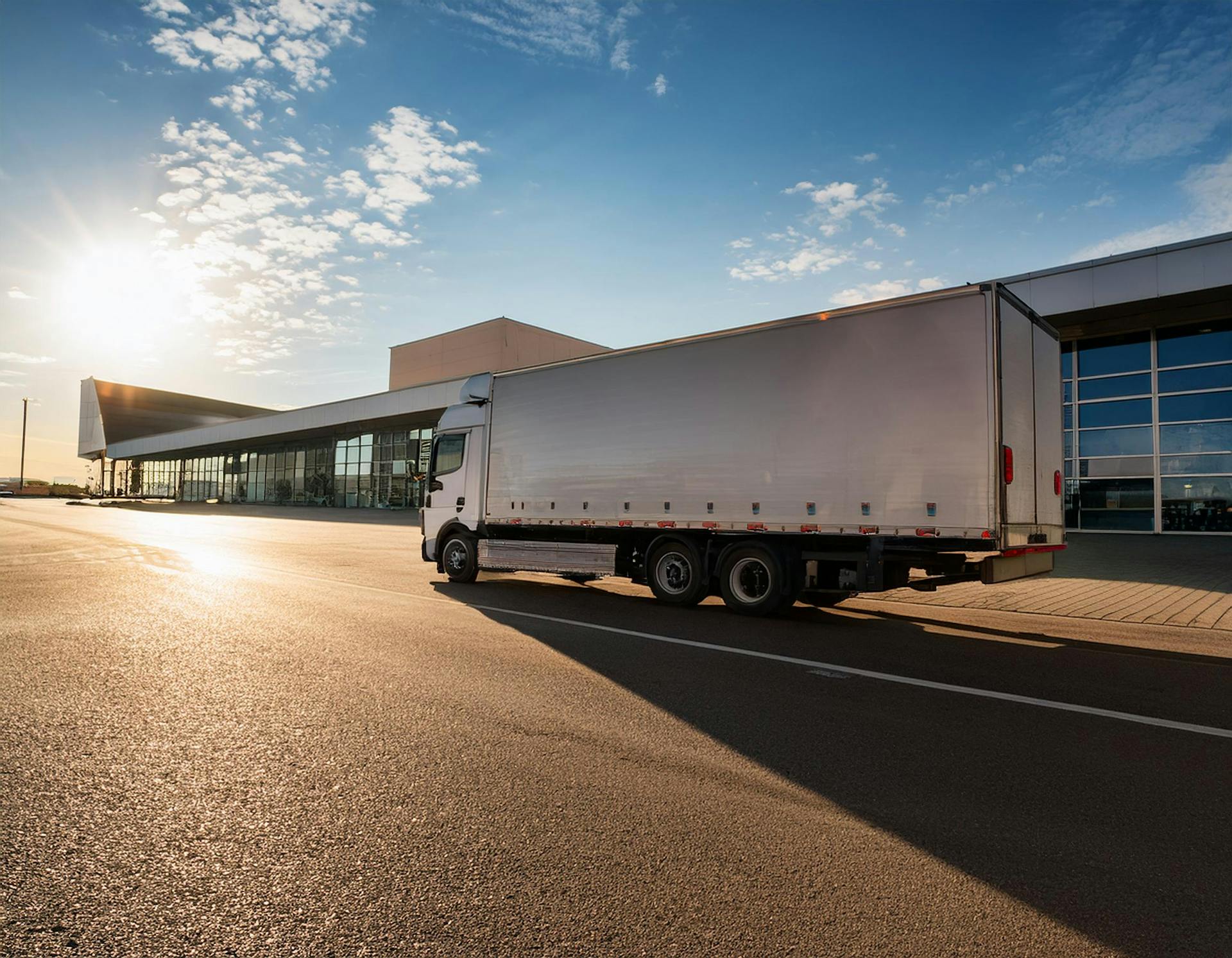E-Guide: 5 Steps to Transform Store Delivery with Advanced Planning Solutions
Achieve higher service, smarter routing, and stronger store replenishment—without raising costs.
This practical e-guide explores how leading retailers are improving efficiency and resilience in store delivery operations. From balancing delivery peaks to real-time control tower execution, discover how advanced planning solutions (APS) outperform traditional TMS tools to future-proof your logistics network.

What Global Brands Do We Serve?
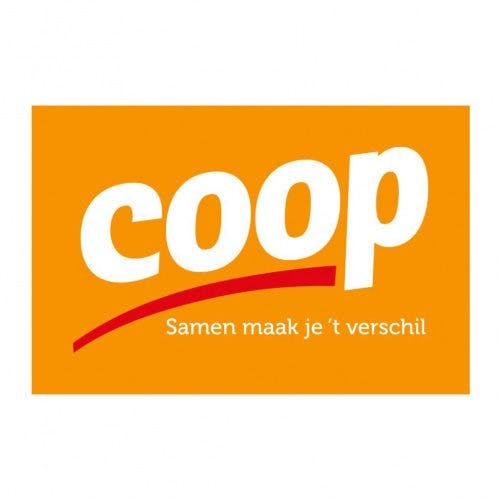
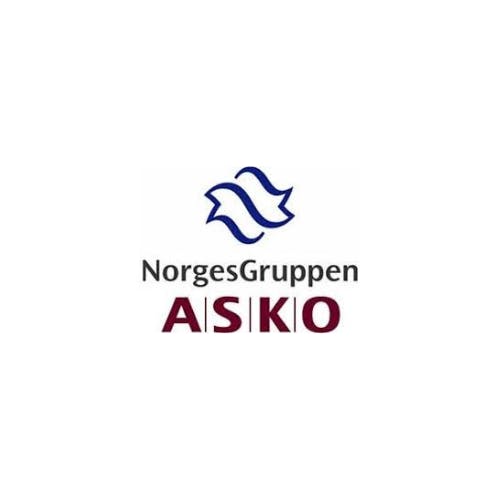
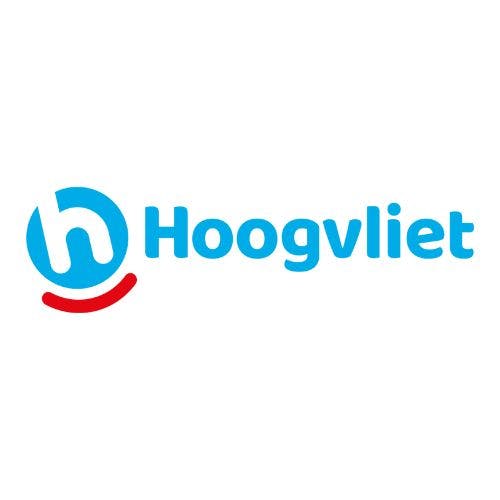
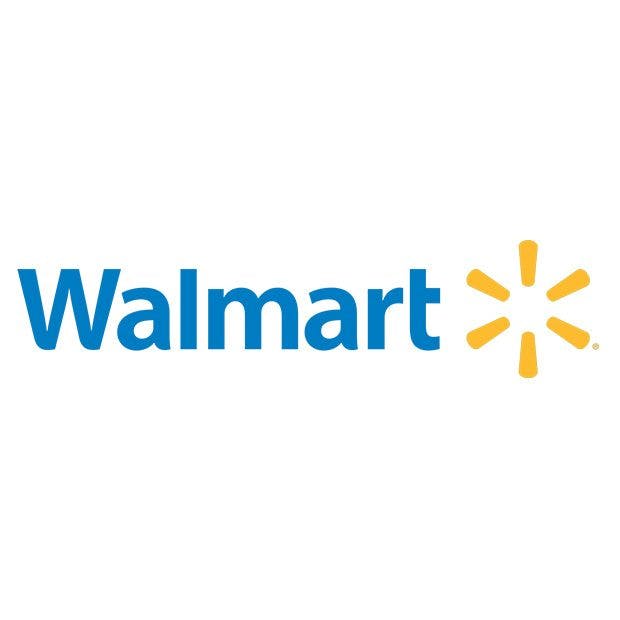
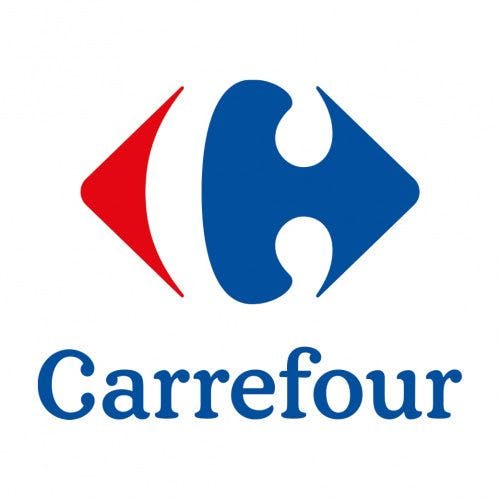
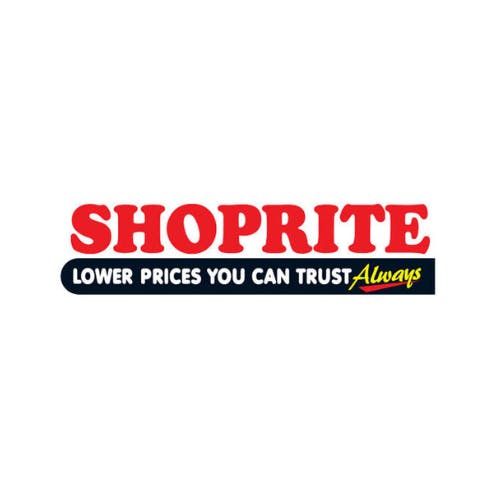
When Is This Guide Right for You?
If your store delivery operations are under pressure to perform—amid shrinking margins, rising complexity, and high service expectations—this guide is a must-read. Ideal for:
- Improving efficiency across warehouses, transport, and store unloading
- Replacing static routing with dynamic, real-time delivery optimization
- Aligning delivery schedules with store needs, labor availability, and regulations
- Reducing delivery peaks, overtime, and stockouts
- Minimizing waste, fuel costs, and planning errors through data-driven decisions
Whether you manage one region or multiple DCs, this guide delivers tactical, actionable steps for boosting delivery reliability and streamlining operations.

Why Read This Guide?
Today’s top-performing retailers are upgrading from traditional transport tools to advanced, integrated solutions. This guide gives you:
- 5 proven steps to elevate store delivery through advanced planning and execution
- Business results from Carrefour, ASKO, and other retailers—real impact, not theory
- Tools to optimize routing, warehouse scheduling, backhauls, and delivery frequencies
- Insights on capacity planning, ETA precision, and cost-to-serve modeling
- A playbook for continuous improvement using live data and predictive analytics
Did you know?
- Store delivery optimization can cut logistics costs by 10%+ and reduce complaints by up to 30%.
- Over 60% of consumers now expect real-time delivery tracking—even for store shipments.
- Retailers using Advanced Planning Systems see double-digit improvements in vehicle utilization and route flexibility.
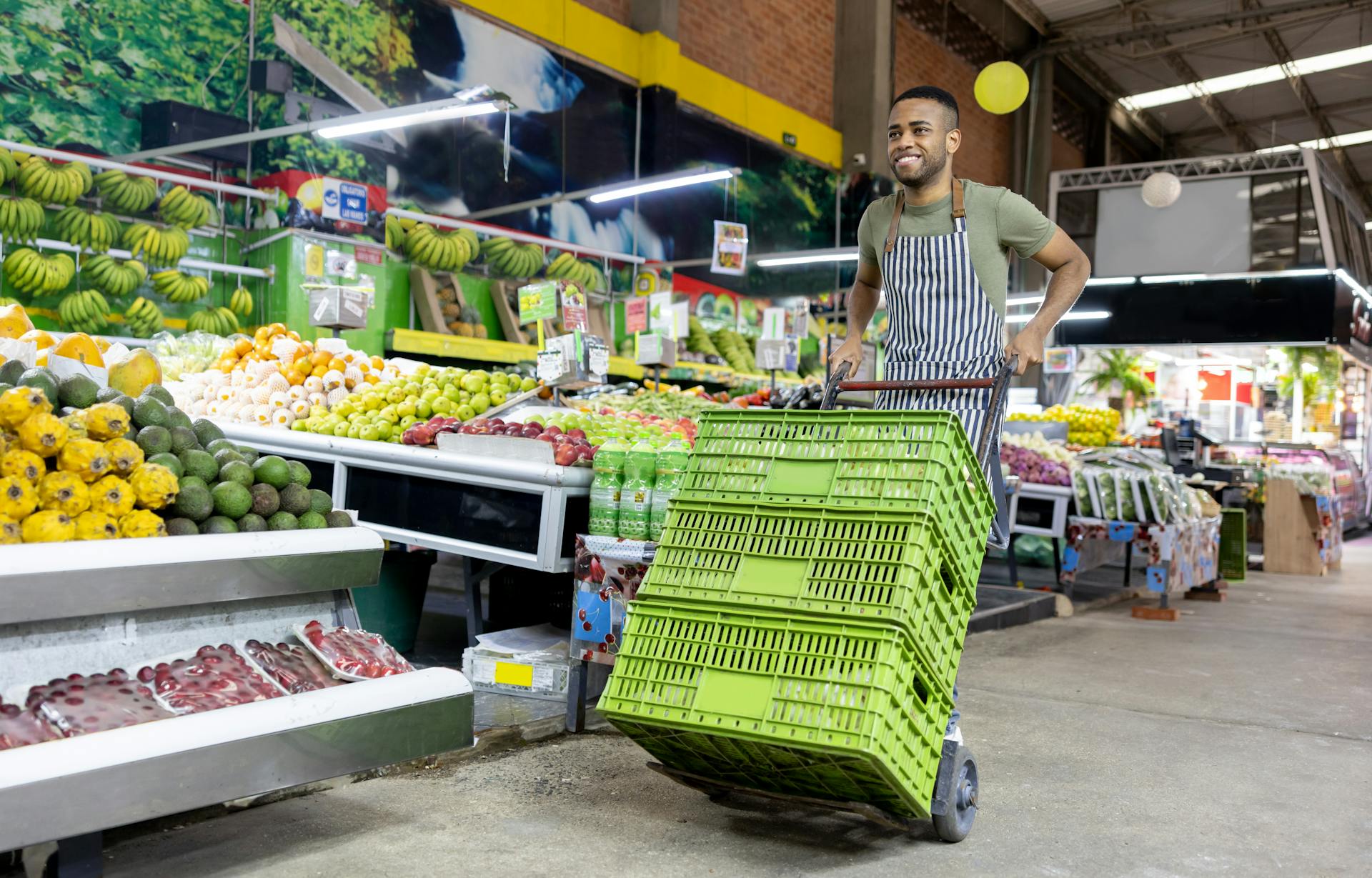
Who Should Read This Guide?
This guide is built for retail supply chain professionals managing complex store delivery networks:

Supermarket & Grocery Retail Operations

Logistics, Transportation & Fulfillment Leaders

Multi-DC Planning & Omnichannel Supply Chain Managers

Retailers Ready to Upgrade From TMS to APS
Ready to Reimagine Store Delivery?
Download your copy now or request a demo and take the first step toward smarter store replenishment, dynamic routing, and real-time logistics control.
E-Guide: 5 Steps to Improve Service and Efficiency in Store Delivery
Reaching the Next Level in Retail Supply Chain Management
In today’s fast-paced world, the rules of retail supply chain management are changing. Supermarkets, grocery chains, and e-commerce retailers are under pressure to manage leaner inventories, replenish stores more frequently, and deliver fresher, broader assortments to the shelf—without raising costs. While transportation management systems (TMS) remain a staple for many, truly high-performing retailers now look to advanced planning solutions—particularly routing and optimization—to address store delivery challenges.
This guide offers five practical steps, built around real-world examples, that empower you as a retail supply chain leader to improve efficiency, ensure service excellence, and boost your operational resilience. Whether operating a single distribution center or running a multinational retail chain, these strategies can help you meet modern demands—and reach the next level in retail supply chain solutions.
Whether operating a single distribution center or running a multinational retail chain, these strategies can help you meet modern demands—and reach the next level in retail supply chain solutions.
Why Store Delivery Efficiency Matters More Than Ever
For many, the retail landscape has never felt as volatile as it does now. Shifting shopper habits—from in-person trips to curbside pickup and e-commerce fulfillment—demand a truly omnichannel supply chain. Consumers expect their favorite products to be in stock, at the right store, at the right time. Meanwhile, store managers work under labor constraints, scarce backroom space, and pressure to get deliveries processed outside of peak shopping hours.
On top of this, governments and municipalities tighten delivery restrictions via environmental zones, noise ordinances, or road access windows. Margins remain thin; logistics costs are under the microscope. Efficient, transparent, and reliable store delivery is no longer just operational “hygiene”—it’s a differentiator and a must-have for modern retail supply chain management.
Advanced planning and routing solutions now define the industry standard, empowering efficient execution that goes well beyond the capabilities of traditional TMS software. These next-generation tools analyze data, adapt to real-time conditions, and drive continuous improvement—delivering measurable results at every segment of the journey.
1. How Can Retailers Balance Store Delivery Peaks With Advanced Planning?
Understanding the Challenge
Balancing delivery peaks is about more than setting delivery dates. Retailers must align delivery structures with real store needs—daily, multiple times per week, or ad-hoc—while respecting varied local requirements, promotions, and compliance factors. Each store brings its own mix of volume volatility, service level agreements, and unique business rules.
Traditional TMS software often struggles to handle this complexity. A more advanced approach blends data-driven planning with business logic, letting you cluster deliveries, select optimal delivery windows, and create a workload that’s manageable for transportation, warehousing, and store staff.
Building the Optimal Delivery Schedule
Implementing advanced planning solutions (APS) enables you to:
- Analyze consumption patterns to calculate ideal delivery frequencies per store, per week.
- Factor in minimum/maximum stock levels, promotions, and historical trends.
- Determine optimal delivery days and time slots for each location.
- Model for compliance with local regulations, such as environmental zone restrictions or night delivery bans.
Using these APS-driven insights, you avoid peaks that overload your transport resources one day, then create excess slack on another. Instead, workloads are leveled, drivers’ hours are optimized, and stores receive deliveries at predictable, mutually agreed-upon times.
Scenario Planning and Capacity Forecasting
Tactical capacity planning, supported by APS, lets you model different delivery patterns for high-volume promotional events or seasonal changes. You can use historical and forecast data to test scenarios, evaluate robustness, and prepare contingency plans. For instance, if volume at a subset of stores surges, your APS models commingled, clustered, or split deliveries for maximum efficiency.
Business Benefits:
- Savings of 5–10% in logistics spend by improving capacity use.
- Higher on-time delivery, supporting in-stock and curbside pickup experiences.
- Fewer driver and store-side disruptions due to smoothed workloads.
Real-World Application
Leading organizations implement this approach using modern APS technology integrated with (or in place of) TMS platforms, ensuring that capacity planning, route assignment, and actual execution reflect the same precise delivery logic.
2. Why Is Dynamic Route Optimization the Key to Retail Supply Chain Solutions?
Moving Beyond Static Routing
Once retailer delivery schedules and time slots are set, creating daily delivery routes becomes critical. While master routes—where each driver serves the same stores each week—work for stable scenarios, today’s retail environment demands flexibility. Volatile order volumes, changing store needs, and unexpected constraints expose the limits of static planning and most TMS routing tools.
Advanced routing software, however, adapts routes dynamically. By accessing up-to-date orders, traffic predictions, and delivery requirements, dynamic routing allocates resources precisely where they’re needed, when they’re needed.
Features of Advanced Route Optimization
APS stands apart by:
- Dynamically recalculating routes based on fresh order data, driver schedules, and vehicle constraints.
- Factoring in real-time events, like road construction, congestion, or weather changes, through route optimization software.
- Handling special retail requirements—such as multi-compartment vehicles for chilled/frozen dry goods, loading dock constraints, or inner-city access hurdles.
- Allowing co-loading and cross-docking for efficiency gains in warehouse operations, bridging traditional warehouse management solutions with transport needs.
By integrating delivery routing software and fleet data, retailers effortlessly manage high-frequency, just-in-time replenishments for stores with minimal inventory space.
Maximizing Fleet Utilization and On-Time Arrival
Dynamic APS not only raises service levels; it extracts more value from existing assets—minimizing empty miles, raising fleet usage rates, and helping meet tight delivery windows. Accurate predictions for estimated time of arrival (ETA), based on both distance and live street performance, provide confidence for store staff and transport teams alike.
In the case of sudden volume volatility or operational disruptions, an advanced APS can quickly recalibrate and present new routing options—something that generic TMS systems struggle to achieve in real time.
Business Benefits:
- Reduced transportation costs through fewer miles and optimal loads.
- Consistently high on-time delivery and accurate ETAs.
- Rapid rescheduling when adverse transport conditions appear.
When Is Dynamic Routing Most Valuable?
- During large-scale promotions or holiday spikes.
- When serving densely scheduled, high-frequency routes for urban banners.
- When needing to integrate omnichannel fulfillment with traditional deliveries.
Case in Point:
ASKO, a leading Nordic distributor, leverages ORTEC’s advanced planning suite to run highly dynamic, multi-stop daily routes. By adapting in real time, ASKO supports both major supermarket chains and smaller specialty retailers—delivering performance across Norway’s challenging geography and weather variability.
3. How Does End-to-End Supply Chain Modeling Remove Bottlenecks?
From Route-Level to Network-Level Planning
Optimizing individual routes is essential, but true excellence in retail supply chain management comes from end-to-end modeling. APS enables holistic optimization, where routes, warehouse activities, vehicle allocations, and even store returns are coordinated as one living ecosystem.
Warehouse assignment algorithms decide not only where to start and end a route, but also how backhauls, returns, and interchange points should be structured. For retailers running multi-DC networks, APS software allocates loads, balances driver capacity, and avoids both labor and asset shortages by sending truck, trailer, and driver to the most operationally efficient spot next.
Advanced Optimization—Pallets, Compartments, and More
Load planning can use 3D palletization algorithms—accounting for truck axle weights, special cargo (such as chilled/frozen), and stacking constraints. For example, flexible trailer bays enable the same truck to deliver to different store types or accept store returns (packaging, recyclables, etc.) on the same loop.
APS platforms also identify backhauling and cross-docking opportunities, minimizing empty runs and time lost to deadhead miles. Planners can dynamically split large deliveries and synchronize arrivals across multiple sites, smoothing peaks for both DC and store staff.
Centralized Resource Allocation
Unlike most TMS tools, advanced planning platforms allow for:
- Central assignment and balancing of warehouse activities across multiple sites.
- Informed decisions about which routes to keep in-house and which to outsource to third parties.
- Embedded tracking of contract compliance for rental or contracted vehicles, helping to prevent overage costs.
APS routinely models trade-offs, such as shifting replenishment frequency or changing a route’s sequence to keep costs down while meeting performance goals.
Business Benefits:
- Higher warehouse and fleet productivity.
- Reduced bottlenecks in DCs, stores, and across the route network.
- Greater operational agility in the face of labor or asset fluctuations.
Vendor Managed Inventory, Push/Promotion Modeling
Modern APS platforms also support vendor managed inventory (VMI) logic and promotion “push” optimization. Rather than delivering every order “as-is,” the system can consolidate, split, or shift deliveries based on forecasted need, slotting them for when it is cheapest and most effective to do so.
4. How Does a Supply Chain Control Tower Enable Real-Time Collaboration?
The Control Tower Difference
Store delivery is not just about creating a good plan—it hinges on flawless execution. That’s where APS-powered control tower solutions come in, providing holistic, real-time views across the entire supply chain. Far beyond what off-the-shelf TMS dashboards offer, a control tower built on advanced planning lets you coordinate, communicate, and continuously optimize during execution.
Real-Time Visibility and Action
With routing and dispatch software linked to mobile apps and real-time vehicle feeds, all stakeholders—drivers, warehouse personnel, planners, and store managers—have immediate, actionable information:
- Expected departure and arrival times are shared in real-time.
- Store teams get alerts before deliveries arrive, allowing shelf prep and minimizing disruptions to customers.
- DC managers see truck statuses and assign docks accordingly, further aided by mobile status updates.
- Unexpected incidents (short-notice orders, traffic delays, last-minute route changes) trigger dynamic re-optimization, routing the nearest or best-positioned driver to the next available stop or pickup.
APS-driven control towers feature rolling horizon planning, combining advanced scheduling with tight real-time response, so that if a driver is ahead or behind, the system automatically suggests the next optimal assignment.
Improving Communication and Reducing Silos
APS control towers create a “single version of the truth,” reducing manual emails or calls and supporting system-driven updates for every stakeholder. That way, each link in your chain—scheduler, dispatcher, DC, and store—works in concert, minimizing both waiting times and costly errors.
Multi-Day, Multi-Window Support
By integrating with last mile delivery software, omnichannel fulfillment software, and direct store delivery software, APS can coordinate complex, multi-drop and multi-day schedules, ideal for retailers running a blend of urban and suburban stores or offering diverse service promises to B2B delivery partners.
Business Benefits:
- Improved on-time arrival.
- Enhanced stakeholder confidence and collaboration.
- Resilient, seamless delivery experiences for both staff and shoppers.
5. How Does Data-Driven Continuous Improvement Raise the Bar for Retail Supply Chains?
Transforming Data Into Insights
Every delivery journey generates a wealth of data—planned versus actual times, route deviations, downtime causes, fuel usage, and beyond. Advanced planning solutions don’t just create plans: they analyze mountains of data, enabling you to learn, adapt, and improve with every cycle.
Real-World Data for Real Results
- Plan vs. Actual Analysis:
Compare what was planned (routes, load times, stop durations) to what actually happened. APS identifies variances and root causes, from traffic delays to store-side issues. - Predictive and Prescriptive Analytics:
Leveraging machine learning and advanced forecasting, APS refines delivery plans over time, yielding more accurate demand forecasts, better stock availability, and less waste. - Cost-to-Serve Modeling:
Allocate delivery, labor, and fleet costs to each order or store to see which locations create margin opportunities and which may need frequency or model adjustments. - Optimization of Delivery Frequency:
Combine order history, delivery size, and seasonal trends to adjust delivery cadence for each store, moving from “one size fits all” to custom, cost-minimized supply for every location. - Integrated External Data:
Incorporate weather, traffic patterns, and even competitor activity. Analyze the impact of large promotions, holiday spikes, or disruption events, and adjust plans for future cycles.
Continuous Feedback and Iterative Optimization
APS technology promotes a cycle of testing, learning, and re-planning. Your teams can model hypothetical changes—say, adding new stores, switching outsourcing providers, or shifting promotion schedules—and immediately see the financial and service impact before committing.
Business Benefits:
- Accurately forecast logistics needs and adjust strategy proactively.
- Minimize costs while ensuring stores remain stocked and ready for demand surges.
- Foster a culture of learning, enabling ongoing improvement and rapid adaptability.
Customer Case Studies: Advanced Planning in Leading Retail Chains
ASKO (NorgesGruppen, Norway): Driving Continuous Optimization in Grocery Wholesale
ASKO, the chief logistics and wholesale supplier in Norway for supermarket groups including Kiwi, Meny, and Spar, has established itself as a standard bearer in retail supply chain management and logistics.
Working with ORTEC for over a decade, ASKO uses APS for:
- Dynamic route planning and optimization—matching Norway’s challenging national geography with the flexibility demanded by retail partners.
- A control tower approach—enabling planners to adapt in real time as demand, weather, or road events shift.
- Customer Success Program—a joint initiative to maximize the benefits of optimization technology and embed continuous improvement into daily processes.
Through ORTEC’s APS, ASKO maintains agility and efficiency, grows with changing market needs, and delivers on its sustainability commitment by minimizing fuel use and aligning fleet choices to demand.
About ASKO: As Norway’s leading logistics and wholesale company, we specialize in efficient distribution to some of the country’s largest supermarket chains. Sustainability, reliability, and innovation are core to our mission.
Carrefour Italy: Achieving Efficiency With Unified Planning and Real-Time Execution
Carrefour, Europe’s largest and one of the world’s leading retail groups, manages a network of more than 1,100 stores across Italy. Facing pressure to lower supply chain complexity, reduce costs, and uphold top-tier service, the company sought more visibility and standardization across its multi-warehouse, high-frequency logistics operation.
With ORTEC’s APS, Carrefour Italy:
- Integrated planning and dispatch across their entire transport network. Advanced routing and scheduling meant planners always had a birds-eye view—no matter how many trucks or DCs were involved.
- Enabled real-time visibility and collaboration using web portals and mobile apps, ensuring that every stakeholder, from carrier to in-store receiver, could monitor deliveries, validate ETAs, and provide instantaneous feedback.
- Leveraged GPS and track & trace modules for continuous monitoring of vehicles and routes. This system delivered not only planned vs. actual insights but also compliance alerts, deviation tracking, and automatic communication of revised ETAs.
- Standardized analytics and reporting, allowing better alignment between operational teams, driving cost savings, improving vehicle utilization, and reducing unnecessary miles.
Benefits realized at Carrefour include improved end-to-end supply chain visibility, tighter collaboration, and a measurable reduction in both logistics expense and carbon emissions.
Ready to Transform Your Store Delivery With Advanced Planning Solutions?
Modern retail supply chain management thrives when granular planning, advanced routing, real-time visibility, and analytics all work together. If you are ready to move beyond basic TMS and transactional software—and achieve higher performance, resilience, and customer satisfaction—advanced planning solutions can bring your vision to life.
Take the Next Step
Contact us today or request a live demonstration to see how advanced planning and routing shapes the future of efficient, reliable store delivery for retail.

